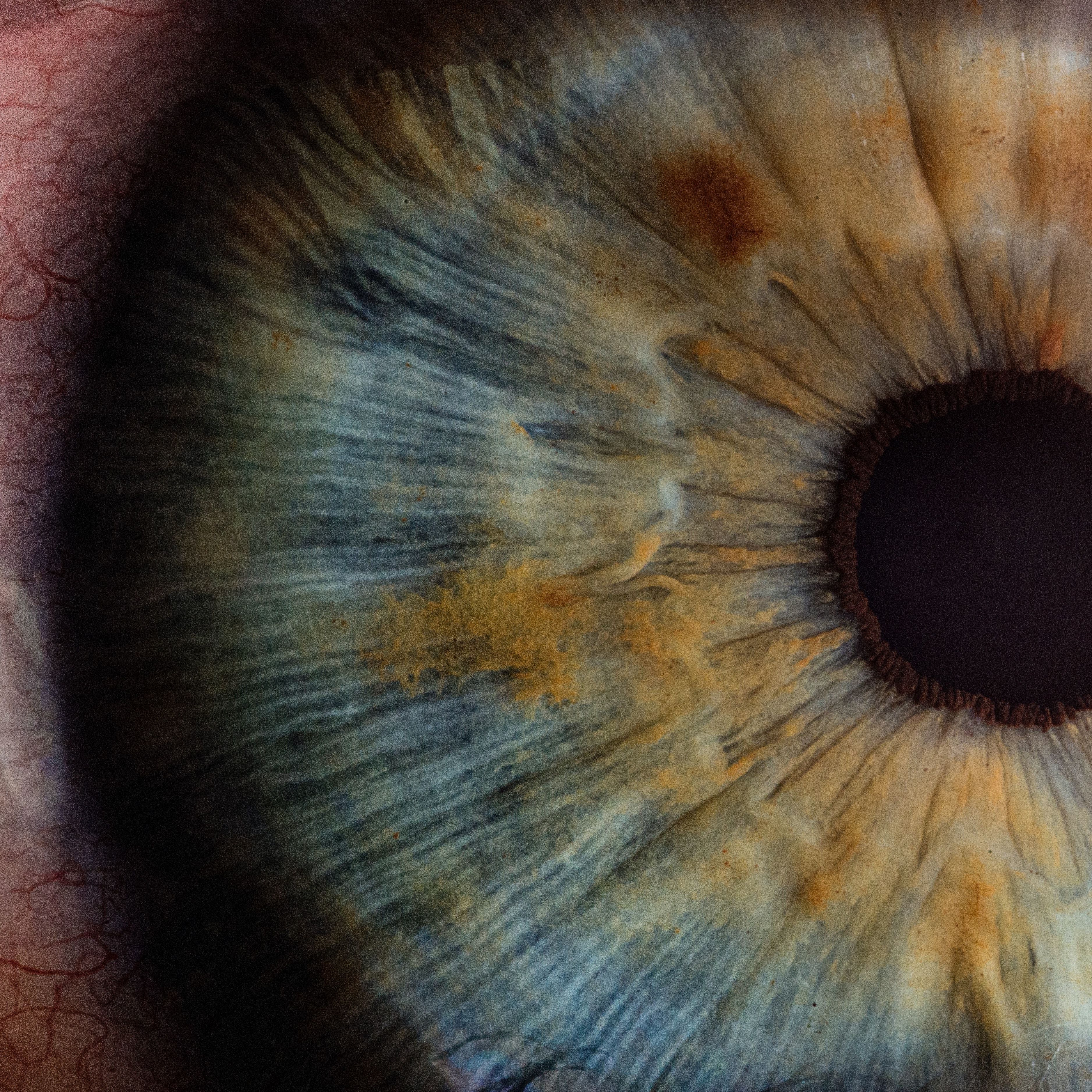News
Article
Evidence Does Not Support Topical NSAID Use for Central Serous Chorioretinopathy
Author(s):
The systematic review and meta-analysis of 13 studies found no evidence to support the use of topical NSAIDs for the treatment of central serous chorioretinopathy.
Credit: V2osk/Unsplash

A systematic review and meta-analysis of available evidence do not support the role of topical non-steroidal anti-inflammatory drugs (NSAID) for the treatment of central serous chorioretinopathy (CSC).1
The analysis identified adverse effects of long-term topical NSAID use, including persistent corneal epithelial defects, delayed corneal epithelial healing, superficial punctate keratitis, corneal infiltrations, and corneal and scleral ulcerations and melts.
“Considering that long-term use of topical NSAIDs can have undesirable side effects, particularly on the cornea, we discourage the liberal use of topical NSAIDs for CSC,” wrote the investigative team, led by Yousif Subhi, MD, PhD, department of ophthalmology, Rigshospitalet.
One of the most common forms of maculopathy, CSC is an exudative maculopathy with primary presentation in adult males aged 30 to 50 years. Half-dose photodynamic therapy is the mainstay of CSC treatment, but an ongoing shortage of verteporfin may limit treatment access.2 A better understanding of the efficacy of other treatment modalities, including the use of topical NSAIDs, could become more important as a result.
Evidence is conflicting on the role of topical NSAID therapy in CSC.3 In this analysis, Subhi and colleagues systematically reviewed the available literature on their efficacy in the treatment of CSC. The investigative team searched 11 literature databases in December 2022 for any study describing NSAID treatment for CSC.1
The analysis required a diagnosis of CSC to be made using a minimum of fundus examination and optical coherence tomography. Investigators considered studies using topical NSAIDs, alone or in combination with other treatments. Overall, a total of 13 eligible studies were included in the study: 13 were eligible for the systematic review and 5 were eligible for the meta-analysis.
Data were collected from a total of 1001 eyes of 994 patients with CSC. The studies were made up of 6 case reports, 2 cohort studies, and 5 non-randomized comparative studies. In studies where specified, topical NSAIDs used were bromfenac 0.09%, diclofenac 0.1%, ketorolac 0.4% and 0.5%, pranprofen 0.1%, and nepafenac 0.1% and 0.3%.
Investigators indicated the studies were predominantly cases with acute CSC and several case studies reported treatment outcomes simultaneously with discontinuation of corticosteroid use, which complicated the evaluation of treatment.
The meta-analysis consisted of 899 patients with CSC, of which 381 received topical NSAID and 518 received no treatment. Baseline BCVA was similar between those treated with topical NSAIDs and the control group (0.02 logMAR [95% CI, –0.01 to 0.06 logMAR]; P = .01).
The change in BCVA was slightly improved in those treated with NSAIDs at the 1-month follow-up –0.04 logMAR [95% CI, –0.07 to –0.01 logMAR; P = .01) However, the change in BCVA again did not differ significantly between treatment groups at the 3-month follow-up –0.03 logMAR; 95% CI, –0.06 to 0.003 logMAR; P = .08).
Regarding anatomic outcomes, investigators observed no significant benefit in complete subretinal fluid resolution at the 1-month follow-up (odds ratio [OR], 1.20 [95% CI, 0.81 – 1.76]; P = .37) or at the 3-month follow-up (OR, 1.17 [95% CI, 0.86 to 1.59]; P = .33).
“Taken together, available evidence does not support the use of topical NSAIDs for the treatment of CSC,” investigators wrote.
References
- Larsson JME, Boberg-Ans LC, Vangsted A, et al. Topical non-steroidal anti-inflammatory drugs for central serous chorioretinopathy: A systematic review and meta-analysis [published online ahead of print, 2023 Aug 8]. Acta Ophthalmol. 2023;10.1111/aos.15743. doi:10.1111/aos.15743
- Sirks, M.J., van Dijk, E.H.C., Rosenberg, N. et al. (2020) Clinical impact of the worldwide shortage of verteporfin (Visudyne®) on ophthalmic care. Acta Ophthalmologica, 100, e1522–e1532.
- Bahadorani, S., Maclean, K., Wannamaker, K., Chu, E.R., Gresores, N., Sohn, J.-H. et al. (2019) Treatment of central serous chorioretinopathy with topical NSAIDs. Clinical Ophthalmology, 13, 1543–1548.





